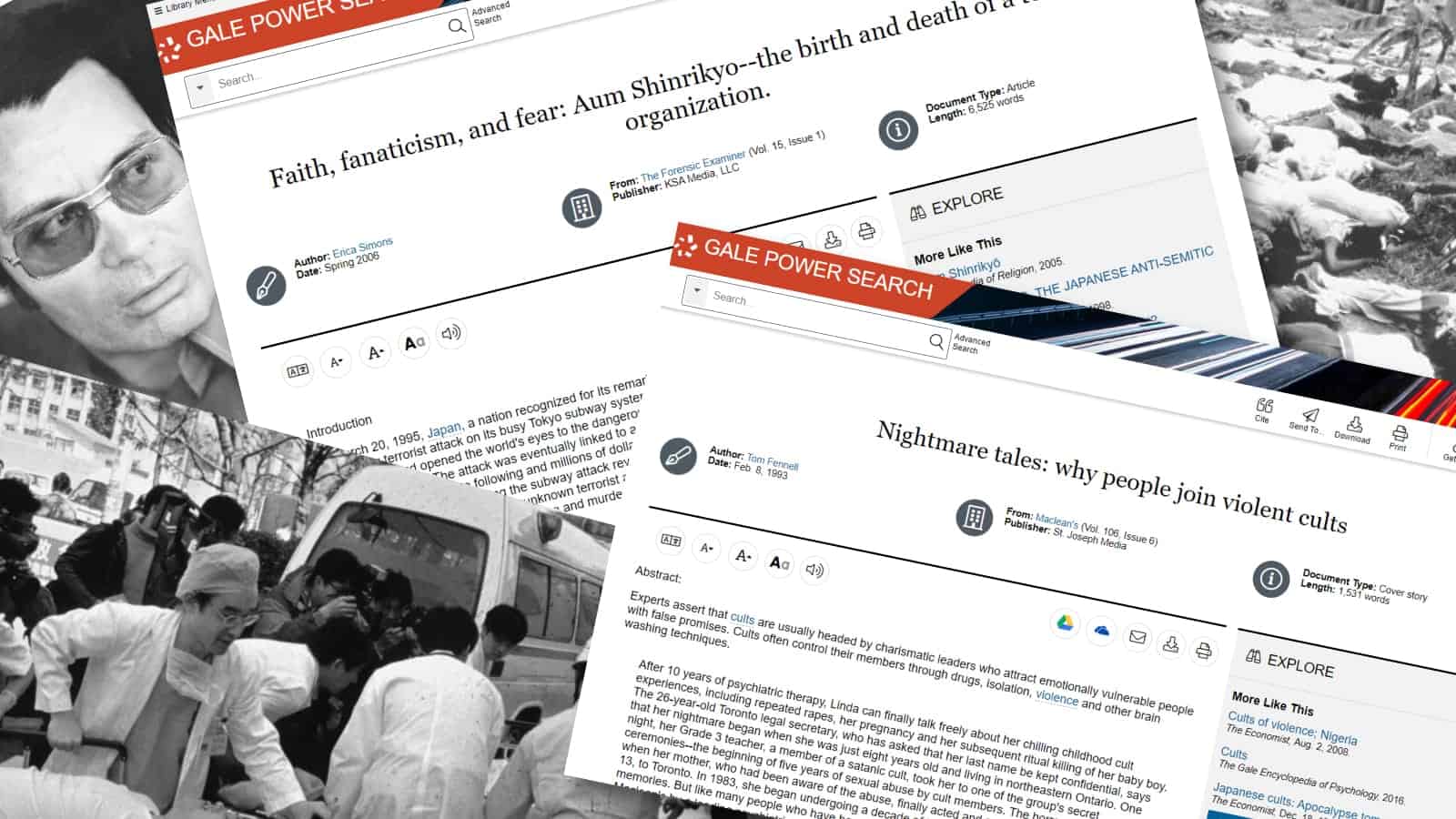│By Juha Hemanus, Gale Ambassador at the University of Helsinki│
We’ve all heard references to “fake news” and “alternative truths,” particularly in recent years. There have also been more in-depth analyses of the “post-truth time” and the “end of truth”. Examining the motives of those who generate “fake news” stories – and the motives of those who claim that a story is fake – is fascinating. This intriguing phenomenon also has an interesting past, with countless examples of “fake news” throughout history. Indeed, a previous ambassador at the University of Helsinki, Pauli, explained that fake news has had alternative names in history, such as “erroneous reporting”. In this blog post, I will look a little further into history to consider questions such as: Where did the fake news phenomenon come from? Under what circumstances was it born? What is it intended for and what has been accomplished by false claims about actual events?
Read more




